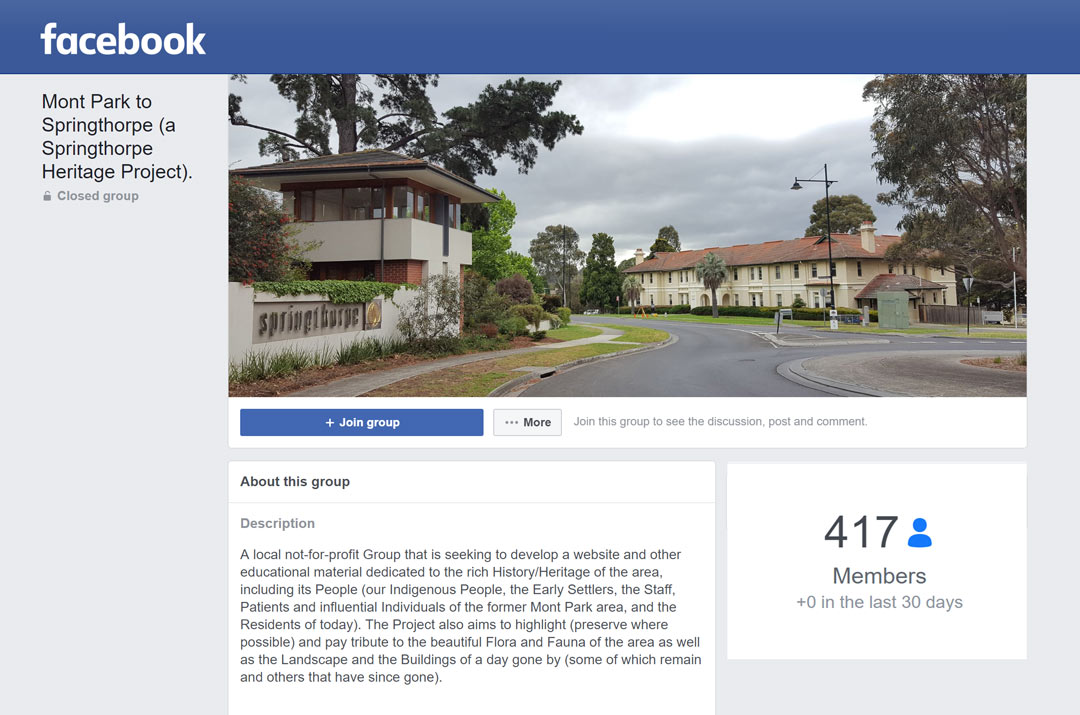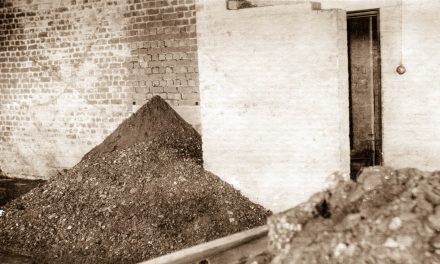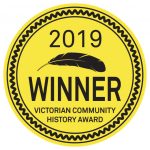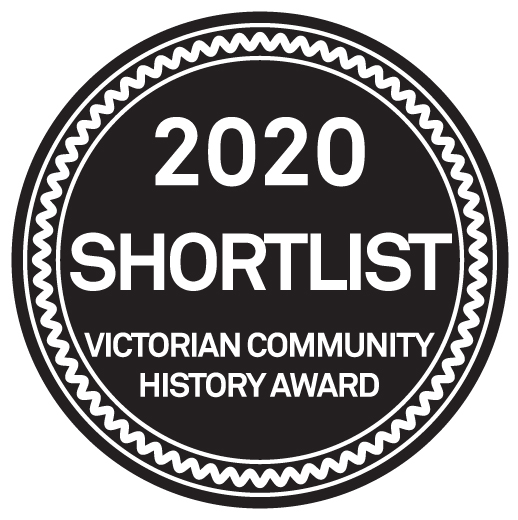Dr John Springthorpe and St John Ambulance Victoria
Biographies of John Springthorpe are available on the Mont Park to Springthorpe website – there is a long detailed article Dr John Springthorpe | Mont Park to Springthorpe and a shorter one Dr John Springthorpe at Mont Park Hospital | Mont Park to Springthorpe
This additional article is the result of Dr J. Allan Mawdsley’s research which discovered Dr John Springthorpe’s connection with the formation of St John Ambulance Victoria. Allan’s book ‘A Formidable Man – the life of John William Springthorpe’ (2024), and some of his other writings (Mawdsley, 2016, 2019) are the sources of most of this information.
The cover photograph of ‘A Formidable Man’ shows John Springthorpe in the regalia of Knight of Grace in the Order of St John. Springthorpe (born 1855) served on the St John Council of Victoria from 1886 for 45 years. This branch was formed in 1883 with Dr James Edward Neild being one of the influential people in getting support for its establishment and development. Springthorpe’s colleague Dr Dan Gresswell (see Dan Astley Gresswell (1853 – 1904). | Mont Park to Springthorpe) had also become an enthusiastic member of the powerful group of St John Ambulance Victoria.
From 1907-1909 Dr Springthorpe was the Chairman of St John Council, and then President until 1916.
He had been employed as Medical Officer at the Beechworth Asylum in 1880, and after service in World War I, then aged in his 60s, he worked in several other Victorian Asylums. He is particularly remembered for his advocacy and humane psychiatric care for military veterans assigned to these hospitals.
Springthorpe and Gresswell were both advocates of educating the community on public health matters. Since 1883, St John had been offering their First Aid classes.
Important links were established in Victoria from 1883 with the Victorian Railway Authority. The risks to the thousands of workers involved in this new heavy industry, expedited the introduction of St John Ambulance First Aid teams in the railway workshops. Several major train accidents resulted in injuries and deaths and reinforced the need for emergency first aiders throughout the community.
A visit to Melbourne by U.S. President ‘Teddy’ Roosevelt’s ‘Great White Fleet’ of sixteen battleships in 1908, resulted in 3000 American sailors marching in a parade through city streets. With 500,000 people observing the welcome, sixteen public First Aid posts were set up and 500 casualties were treated by First Aid volunteers who had all been trained by St John. This enhanced the status and showed the value of St John Ambulance Victoria. From this time the new Victorian Civil Ambulance Service began to charge fees to help recover their costs.
By 1910 St John had purchased its first ambulance to add to its three horse-drawn vehicles located in the city, at Ascot Vale and Prahran. It also had purchased ‘Ashford litters’ – stretchers on wheels – and these were housed at police stations. Philanthropic donations kept the organisation in funds.
Springthorpe expended his enormous energy in promoting all manner of health services including nursing, dentistry, physiotherapy and St John Ambulance. In his 1914 textbook ‘Therapeutics, Dietetics and Hygiene’ he recommended St John Ambulance courses to ensure practical response to ‘haemorrhages, fractures, insensibility, burns and injuries generally’.
Many of us do First Aid training routinely to enhance employment expertise and protect our families and the community – a valuable legacy of St John pioneer Dr Springthorpe.
Allan Mawdsley is currently the volunteer curator of the St John Ambulance Museum in Williamstown, which you might like to visit St John Museum – St John Ambulance Australia (VIC) INC – Saving Lives Through First Aid
References:
Allan Mawdsley (2016) ‘Springy’. Dr John Springthorpe, versatile St John pioneer in Victoria
2. Allan Mawdsley (2019) St John and the Victorian railways
3. Allan Mawdsley (2024) A Formidable Man – the life of John William Springthorpe
Thanks to Allan Mawdsley for his help with this article





